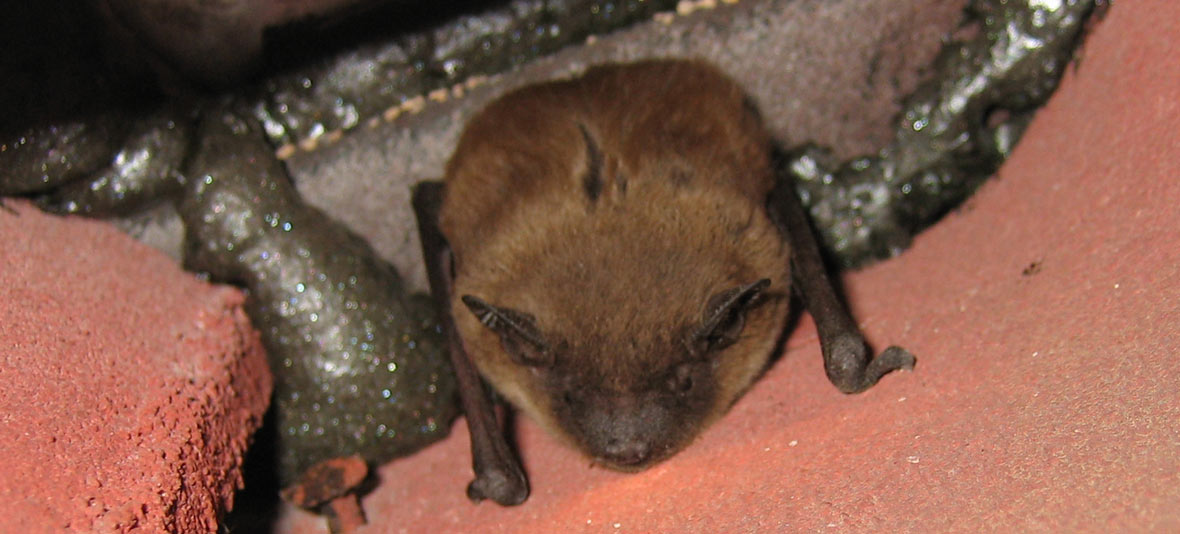- USA Wildlife Removal Education Guide - Bat Exclusion Material
Bat Exclusion Material

Useful or not, you’ve decided that the bats in the attic have to go. Your first step is to find the holes and cracks in your structure through which they leave and reenter. The best way to do so is to observe them as they come out to feed at nightfall. Then, you first must close off their egress/entry point with an excluder that allows them out and prevents their reentry. Meanwhile, you should also survey the building to assure there are no alternative outlets.
The exclusion process usually entails a trip to the hardware store to pick up supplies, such as soft window screen, clear plastic or metal mesh netting, as well as a tube or two of caulking.
Bats that take up residence in houses usually are small, weighing only one or two ounces, so the screen should have openings of only a quarter-inch or so, small enough that the animals can see through but which does not represent an obstruction to their exit. If they feel blocked in, they won’t go out.
Cut the mesh/netting to a size wide enough to cover the access hole, shaping it so that it allows the bats to emerge easily, climb out and fly away. Staple or tack the mesh in place on the top and on both sides, with a couple of feet of the netting extending down loosely, allowing the bats out but preventing them from flying back in. Finish the job by caulking any openings in the rest of the building that the bats could use to return.
You can also use the screening material to create a different form of exclusion device: a funnel. With the large end tacked in place over the bat’s exit hole, the animal can emerge from the small end but can’t re-enter. A plastic water bottle, open at both ends, can work in the same way, and variations on this technique, called batcones, are commercially available.
Experts advise leaving the exclusion devices up for several days, monitoring them at night and at dawn to check their effectiveness. Listen for chirping inside and once you’re sure the bats are gone, close and seal the holes. The process should also involve compassion and common sense: don’t close the holes with some of the creatures still inside, leaving them to suffer, die, and ultimately, to stink up the attic.
If you need help, we service the entire USA! Click here for a wildlife removal specialist in your town!
Go back to the main Bat Removal page for more information about Bat Exclusion Material.
Read more about bat control in my educational articles. Find out if a bat house will prevent bats from entering your home, and whether or not the city or county animal services will help with a bat issue. Learn if a bright light or high pitch sound deterrent machine will work on bats, and if a bat in your attic will have a nest of babies. Find out if a pest control company will remove a bat, and whether it is Legal to trap bats.
I can teach you how to Locate and Remove a Dead Bat and tell you everything you need to know about Bat Exclusion Material. Learn more about Bat Mating Habits and the summer maternity season. Learn how to get bats out of your attic and the different property modifications you can do to keep bat populations down.
Find out if mothballs or ammonia really help repel bats and even if bats make Good Pets. Read my thoughts on if you should ever Poison a Bat, and my best advice on how to clean Bat Feces out of your Attic.

